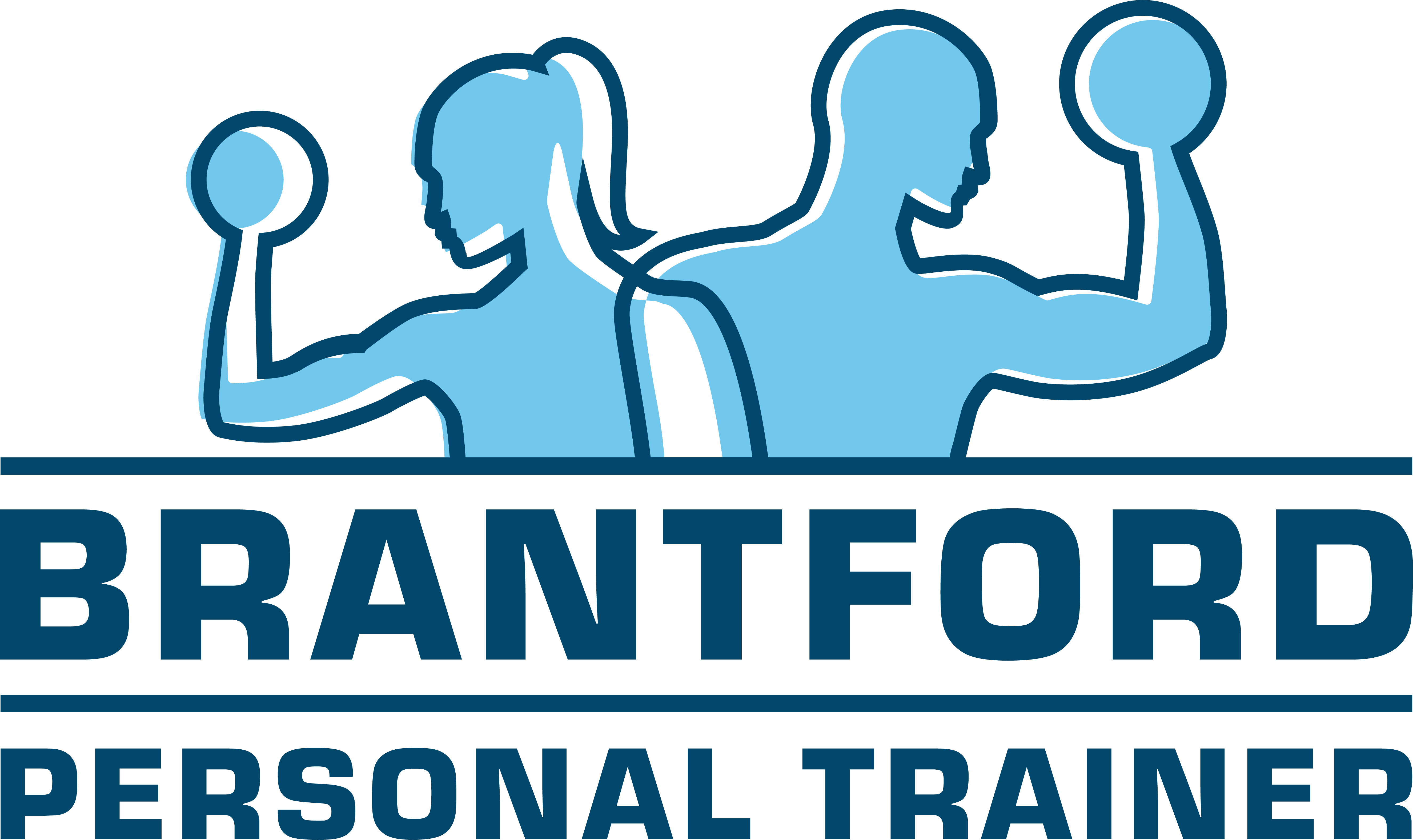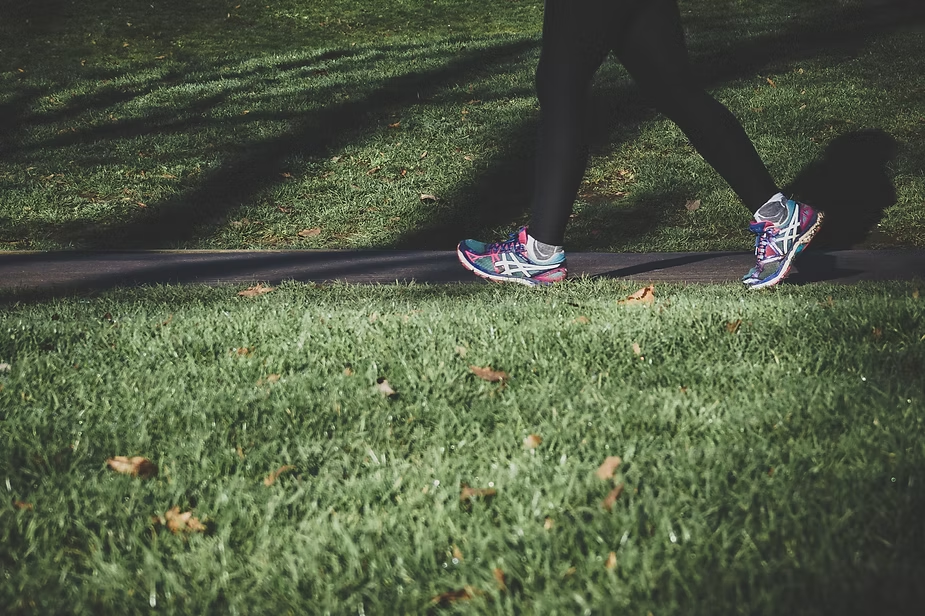Pain! It’s very common for people of all levels to feel sore after workouts, DOMS (Delayed Onset Muscle Soreness) is that next day soreness we sometimes feel after a tough workout, or after exerting ourselves in a new way. Today we’re going to give you all the tips and tricks you need to minimize the soreness and feel better faster.
Let’s start at the most important part; a quick talk about pain. Before we know how to best recover, we need to be able to identify your type of pain and what it means for your long term wellness. You know the old adage “No pain, no gain”? I need you to know it’s bullshit! Sorry, but I won’t mix words when it comes to myths and misinformation.
Let’s say there are 2 types of pain, at least for our purposes:
1) DOMS as mentioned above, or what we’ll call recovery pain. You can feel stiff and tight, muscles can burn doing minimal work and feel tender to the touch for 1 to 3 days after. It’s the type of pain we are talking about minimizing and treating here today.
2) Other pain. “Other pain” is pain (during or after exercise) that is not part of the natural recovery process from healthy but strenuous exercise performed properly, in other words it’s an injury or condition that you should get medical advice for, and is outside of a personal trainers scope of practice to diagnose or treat independently.
What causes DOMS?
Simply put, exercise tears muscles. Not in a bad way, it’s necessary for them to tear down a bit in order to rebuild even stronger. The less familiar your body is with the demands, and the harder, longer, more challenging the work is that’s performed, the more the muscles get torn. If you overdo this you can end up with injury in the form of muscle strains and tears that can take significant time and medical oversight to recover from.
How do we minimize DOMS?
There are a few simple things you can do to minimize the amount of next day soreness you experience. It’s worth noting that the more your body gets accustomed to a fitness routine, the better it gets at handling and recovering from the stress, and DOMS should improve.
- Warm-up well. Warming-up not only gets the blood pumping through the muscles, it increases the amount of work they can do, the range of motion they can work through, and it preps the nervous system to handle the higher demands of a workout.
- Don’t train to muscle failure! It doesn’t matter how many reps you’re aiming to do, your main job in a workout is to tear the muscle enough to stimulate growth, and little enough that you can recover and repeat again soon. Every set should stop just as you’re about to reach “form failure”, if your body wants to recruit different muscles to do another rep, your job is already done, the muscle is already worked.
- Warm-down and Stretch! Your muscles burn energy and oxygen, this causes them to accumulate byproducts from this process, and you need to get it out so they can take in fresh oxygen and nutrients to begin the healing process. This can include light movement of the muscles including walking and stretching. Muscles only pull/shorten, so stretching after exercise is in effect pulling them back to full length. If you remember walkie-talkies and retractable antennas you may remember sometimes an antenna segment gets stuck and doesn’t like to get pulled out. That’s similar in how muscles pull (inward), so stretching and pulling the muscle back to full length can help it return to full range of motion and move better before it tightens up.
How to treat DOMS, reduce soreness, and heal faster?
So you’re already sore. What now?
-Massage is a great way to promote circulation of fresh blood and oxygen into muscles while also releasing any knots or tight segments in the muscles. It can improve movement and recovery speed.
-Cold water therapy is a personal favorite. Ice baths have been a part of many professional athletes’ post exercise routine for ages, though it’s a little extreme, especially if you’re just doing fitness for general health. Putting cold water on the sore/worked muscles for just a few minutes (even by turning your shower cold for a moment) has been proven to reduce muscle soreness by up to 30% almost immediately, and is effective anywhere from immediately post workout, to upto 3 days after.
-Lightly using and stretching your sore muscles can also help. This is little more than a warm-up then stretch. Even a brisk walk can do wonders while also burning a few extra calories.
-Compression clothing is popular post workout as it helps squeeze fluids from muscles in the extremities back into the core helping to reduce swelling while providing “tensor-like” support for stiff muscles.
-Elevation of stiff limbs can also help reduce swelling and stiffness while promoting circulation through the muscles.



